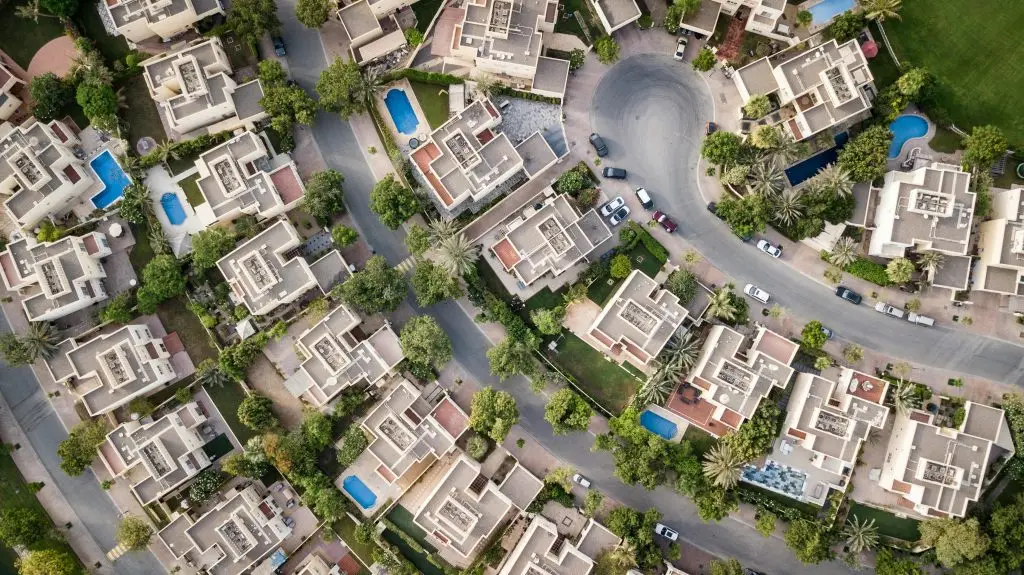
Foreclosures are making headlines again in 2025. While the current situation is far from a repeat of the 2008 housing crash, there’s no denying the trend: more American homeowners are entering foreclosure. As real estate professionals, investors, and homeowners look ahead, it’s important to understand what’s driving this shift in the market.
According to ATTOM’s most recent data, 68,794 properties began the foreclosure process in the first quarter of 2025—a 14% increase from the prior quarter. In May alone, 35,498 properties received foreclosure filings, a 9% rise from a year earlier. Bank repossessions, also known as REOs, were up 34% year over year. These figures are significant, but still far below the levels seen during the Great Recession. Still, the upward movement is a trend worth watching closely.
One major factor is the impact of rising interest rates. While many homeowners secured low, fixed-rate mortgages during the 2020–2022 boom, others did not. Those with adjustable-rate mortgages (ARMs) or those who purchased homes more recently are now facing much higher monthly payments as rates have climbed. This “payment shock” is causing some borrowers—especially in high-growth markets like Texas, Florida, and Nevada—to fall behind on their loans.
Another key issue is the dramatic increase in home insurance premiums. Nationwide, insurance costs have surged by more than 60% over the past five years. In disaster-prone regions such as coastal Florida or wildfire zones in California, premiums have doubled or even tripled. Some insurers have withdrawn from these areas altogether. For many homeowners, the rising cost of insurance has made it unaffordable to stay in their homes, especially when combined with higher mortgage payments.
The expiration of pandemic-era protections is also playing a role. During the COVID-19 crisis, programs such as mortgage forbearance, federal relief funds, eviction bans, and VA partial-claim assistance helped millions avoid foreclosure. However, by mid-2025, most of these programs have ended. The VA’s partial-claim assistance program, for example, expired on May 1, 2025, putting nearly 60,000 veteran homeowners at risk. Without these safety nets, many families who were already struggling have begun to default.
Climate-related risk is becoming an increasingly important factor in the rise of foreclosures. Natural disasters such as hurricanes, floods, wildfires, and severe storms are displacing homeowners and damaging properties across the country. In many cases, properties in affected areas become unlivable or uninsurable, leaving homeowners with no choice but to walk away. According to recent projections, climate-driven foreclosures could increase by up to 380% by 2035, and lenders are already preparing for billions in losses related to climate risk.
Additionally, broader economic pressures are weighing on homeowners. Although inflation has cooled somewhat, the cost of living remains high, and household debt is at record levels. Many Americans are burdened with credit card debt, student loans, auto loans, and rising medical expenses. For households living paycheck to paycheck, it doesn’t take much to fall behind on a mortgage payment.
In some parts of the country, localized job losses are also driving foreclosure rates. Areas like San Antonio, Houston, and parts of the Midwest have seen layoffs in retail, manufacturing, and tech sectors. Where income instability increases, missed payments tend to follow. Even in strong housing markets, pockets of economic weakness can lead to a spike in defaults and distressed sales.
It’s important to note that today’s foreclosure landscape is not a full-blown crisis. Most homeowners still have strong equity positions, and lending standards remain tighter than they were in the early 2000s. However, the data shows a clear trend: foreclosures are on the rise, and it’s not just a coincidence. Factors such as interest rate volatility, rising insurance premiums, the withdrawal of government support, and climate risk are all converging to place greater stress on the housing market.
For real estate professionals and investors, this presents both risk and opportunity. On the one hand, there may be more motivated sellers and distressed properties entering the market. On the other hand, understanding local laws, avoiding properties in high-risk areas, and maintaining ethical practices when working with struggling homeowners is more important than ever.
Whether you’re helping distressed homeowners find a solution, looking to purchase below-market properties, or simply trying to understand the bigger picture, one thing is clear: the real estate landscape in 2025 is shifting. Staying informed, empathetic, and strategic will be key in navigating this evolving market.
If you’d like more insights subscribe to our email list. This is a market where knowledge, preparation, and compassion can make all the difference. Until next time, ciao!
